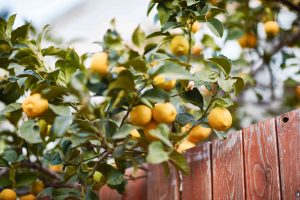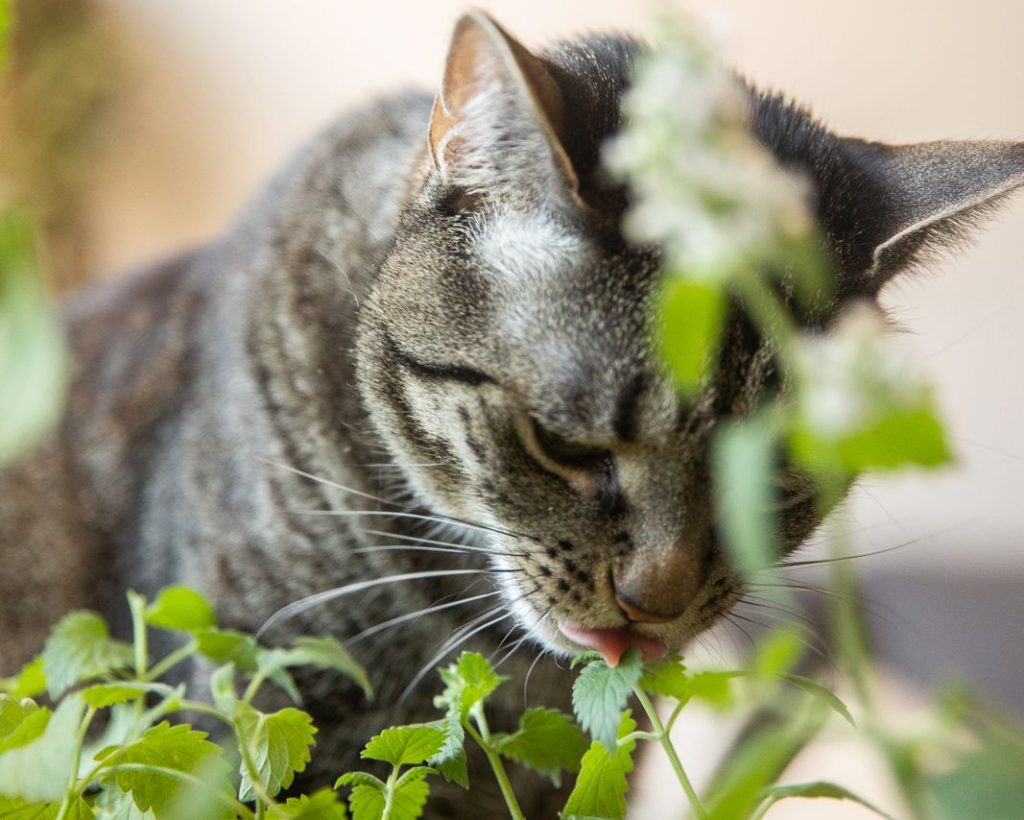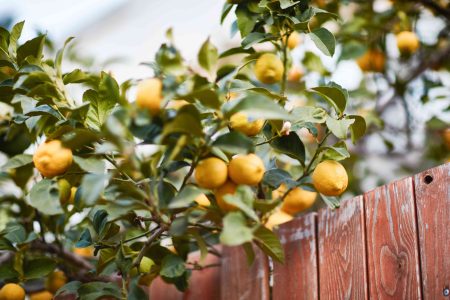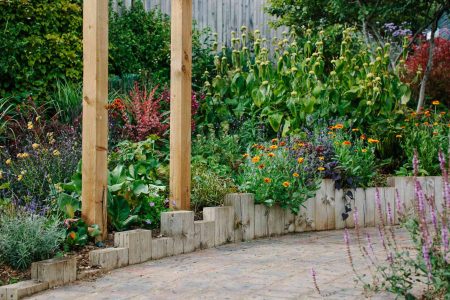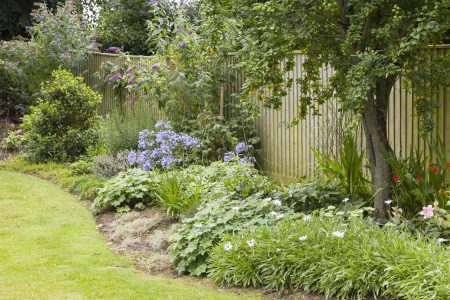When it comes to toxic and poisonous plants, not all pets experience the same effects from unauthorized nibbling. For example, while a day lily may not affect a dog, a curious cat can suffer from vomiting, kidney failure, or even death after ingesting the common garden plant. There are many beautiful ornamentals that are non-toxic to both dogs and cats, so fill your landscape and home without worries when you choose these safe plants.
-
01
of 15Zinnia
Add zinnias to your no-nonsense list of hard-performing annual flowers, and rest easy knowing that they aren’t toxic to your pets, either. If you’ve only experienced the mildew-prone old-fashioned varieties of zinnia, try the ‘Zahara’ series, which offers months of disease-free color on compact plants. Giving zinnias a full day of sunshine and adequate spacing also reduces mildew outbreaks.
-
02
of 15African Violet
The African violet has been a favorite houseplant for generations, and new cultivars will give you a reason to rediscover the merits of this plant. Ruffled flowers and picotee blossoms appear on plants that appreciate the same temperatures we do. The fuzzy leaves don’t produce any harmful substances known to harm cats or dogs.
-
03
of 15Areca Palm
If the fancy fronds of the areca palm tempt your cat to swat and bite, you won’t need to worry about digestive upset ruining your pet’s evening. Also known as the butterfly palm, this houseplant is native to Madagascar and thrives in warm temperatures and high humidity. However, they don’t require much water or light, and the areca palm does an excellent job of purifying the air, making it healthier for both you and your pet.
-
04
of 15Bachelor’s Button
You can grow pet-friendly bouquets with the lovely blue blooms of the bachelor’s button, an easy annual for the sunny garden. Start seeds indoors six to eight weeks before last frost, or sow them directly in average soil; it takes about 80 days to get from seed to bloom. Leave the spent blooms in place for volunteers, and to nourish gold finches, which love the oil-rich seeds.
Continue to 5 of 15 below -
05
of 15Camellia
The winter and very early spring blooms of the camellia help it fill a niche in the landscape when little else is happening. The rich dark green glossy leaves are handsome when camellias are out of bloom, but the prolific rose-like flowers are a stunning centerpiece when they appear beginning in October or November. Both leaves and flowers are non-toxic to cats and dogs.
Camellias live for decades, so choose their planting site carefully. They like a sheltered spot with afternoon shade, good garden loam, and moderate moisture.
-
06
of 15Marigold
The fragrance of the marigold is best described as pungent, and even acts as an insect deterrent in the garden. If the funky scent appeals to your cat or dog, a taste test won’t cause any harm. Marigolds are easy to grow from seed, love long days full of hot sunshine, and like the same kind of rich soil and moisture that your vegetable garden appreciates.
-
07
of 15Snapdragon
Snapdragons add a welcome burst of color to the early spring and late fall garden, as they are frost tolerant plants that thrive in cooler weather. Plants produce many flowering spikes in a rainbow of colors in rich soil and full sun. The plant parts and flowers are not harmful to cats or dogs, so fill your flowerbeds and vase with the bountiful blooms of these annuals.
-
08
of 15Grape Hyacinth
Unlike that popular spring bulb the tulip, which can cause diarrhea and vomiting in cats and dogs, grape hyacinths are safe to plant around pets, even when your curious dog wants to dig up and explore that which you just buried at planting time. Plant your grape hyacinths in the fall, about three inches under the soil. Plant them between summer flowering perennials, which will hide the enduring grassy foliage.
Continue to 9 of 15 below -
09
of 15Haworthia
Jump on the succulent bandwagon with the personality-filled haworthia houseplant. The striped, spiky foliage is the subject of many faux succulent arrangements, but the real plant is safe for pets and easy to grow in a sunny windowsill. Plant haworthia in a sandy cactus mix, and water once every seven to ten days.
-
10
of 15Rose of Sharon
Rose of Sharon plants are prolific bloomers that thrive in a wide range of tough conditions like drought, humidity, triple digit temperatures, and frigid winters. The vigorous bushes produce hibiscus-like flowers in shades of pink, blue, or white, and may attract hummingbirds. Also known as althea, the rose of Sharon is non-toxic to cats and dogs.
-
11
of 15Ice Plant
Gardeners who live in areas with sharply draining soil will appreciate the merits of the ice plant, with attractive succulent leaves and daisy-like magenta flowers. Add ice plant to crevices in rock walls, or plant them along garden paths. Given full sun, the ice plant will produce its non-toxic blooms from spring until frost.
-
12
of 15Nasturtium
When dealing with persistent plant eating pets, sometimes the best solution is to choose a plant that was meant to be eaten. The spicy, peppery leaves and flowers of nasturtiums won’t appeal to most pets, but if they do care to sample, they will get a bonus boost of vitamins A and C. Nasturtiums grow best in full sun, average soil, and the mild temperatures of spring and early summer.
Continue to 13 of 15 below -
13
of 15Peruvian Lily
For households with cats, many lily species are problematic to grow. However, the Peruvian lily is a non-toxic choice for both cats and dogs. You may recognize this flower as a frequent bloom in professional flower arrangements, as it is both long-lasting and brilliant in color. Peruvian lilies are hardy to zone 7 if you mulch them with shredded leaves.
-
14
of 15Coreopsis
Coreopsis rocketed to the top of the perennial favorites list with the introduction of the sterile, long-blooming ‘Moonbeam’ variety in the early 1990s, and new cultivars continue to captivate gardeners. Besides its advantage of non-toxic flowers and foliage, the coreopsis blooms its heart out in poor, dry soils, with few to no insect problems.
-
15
of 15Venus Flytrap
When a plant behaves as a sentient being, it’s difficult for even the most well-mannered cat or dog to restrain itself from a cautious lick or nibble. Fortunately, insects are the only ones that are harmed by the non-toxic Venus flytrap. Grow this curiosity in a mixture of peat moss and sand. Keep the soil moist, and give it bright, filtered light. Follow the pro tip of watering with distilled water, and perhaps your Venus flytrap will enable you to put your fly swatter away.
Read the full article here




